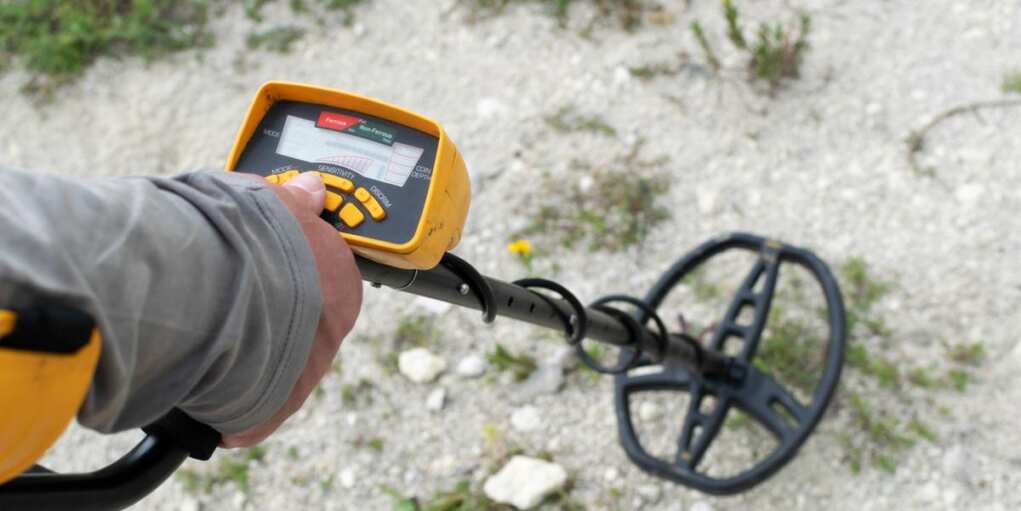Watch: Biden Struggles On ‘The View’ Before Jill Saves Him
OogImagesFormer President Joe Biden made his first televised appearance since leaving office — and it didn’t go well. Biden sat down with his wife Jill on Thursday’s episode of The View, and what followed was another troubling moment for a man long accused of declining mental sharpness. When pressed on accusations from Democrat-authored books about […]
Trump Changes His Mind, Hires New Top Doctor
Josep SuriaPresident Donald Trump has announced a new nominee for U.S. Surgeon General: Dr. Casey Means, a physician and health advocate known for her work on metabolic health and chronic disease prevention. The decision follows growing speculation that previous nominee Dr. Janette Nesheiwat’s candidacy was being reconsidered. In a statement posted to Truth Social, Trump said, […]
Migrant Aid Groups Panic After Trump Slashes Federal Funds
Roman SamborskyiMigrant nonprofits across the U.S. are in crisis mode after the Trump administration cut off federal funding that had kept them afloat for years. Many of these groups, which provide housing, food, legal services, and transportation for illegal aliens, are now scrambling to raise money from donors—and some are even suing to get their taxpayer […]
Trump and Canada’s New PM Spar—Will America Buy The Great White North?
MumemoriesPresident Donald Trump’s first face-to-face meeting with newly elected Canadian Prime Minister Mark Carney got off to a rocky—and memorable—start Tuesday, as the two leaders clashed over trade, tariffs, and Trump’s longstanding suggestion that Canada would make a fine 51st state. Carney, who replaced Liberal Party leader Justin Trudeau after a decisive April election, wasted […]
Buttigieg’s ‘Black Babies Discount’ Claim Slammed by Adoption Leader
Cristian Maciel06Former Transportation Secretary Pete Buttigieg is under fire after claiming that black babies are adopted “at a discount,” a remark that has sparked fierce backlash from adoption experts and families alike. Buttigieg’s comments came during a conversation on the Flagrant podcast, where he implied that adopting white children requires getting on a waitlist and making […]
Trump Promises Illegals Something ‘Beautiful’ If They Self-Deport
Joey SussmanPresident Donald Trump is offering illegal aliens a chance to leave the country with dignity—and a financial incentive. Under a new Department of Homeland Security (DHS) initiative, migrants who voluntarily self-deport could receive a $1,000 reward and what Trump described as a “beautiful flight” back to their home country. The president announced the program on […]
Chance Of A Lifetime Discovery In Arkansas State Park
AisheWhile exploring Arkansas’ Crater of Diamonds State Park on April 21, David DeCook of Minnesota made a once-in-a-lifetime discovery—a stunning, 3.81-carat brown diamond glittering on the surface of the search area. The discovery is the biggest diamond find reported at the park so far this year, according to Arkansas State Parks. DeCook, an amateur rock […]
Killer Illegal Walks in Gavin Newsom’s California
Ringo ChiuCalifornia is facing fierce criticism after it was revealed that an illegal immigrant convicted of killing two teenagers in a high-speed, drug-fueled crash was set for early release—until federal authorities intervened. The fallout has reignited debates over public safety, sanctuary policies, and the state’s controversial in-prison credit programs. Oscar Eduardo Ortega-Anguiano, 43, was convicted in […]
Tim Walz Makes Cringeworthy Confession About “White Guys”
lev radinMinnesota Gov. Tim Walz is facing a wave of ridicule and criticism after publicly stating that former Vice President Kamala Harris picked him as her 2024 running mate because he could “code-talk to white guys watching football” and fixing their trucks. Speaking during an event at Harvard University’s Kennedy School Institute of Politics, Walz tried […]
RFK Jr. Unleashes Bombshell Accusation Against Biden’s HHS
Joshua SukoffHealth and Human Services Secretary Robert F. Kennedy Jr. delivered a stinging rebuke of the Biden-era HHS on Wednesday, accusing the department of facilitating child trafficking under the guise of immigration management. During a Trump administration Cabinet meeting, Kennedy praised President Trump for “extraordinary leadership” over the first 100 days, while outlining urgent reforms underway. […]










